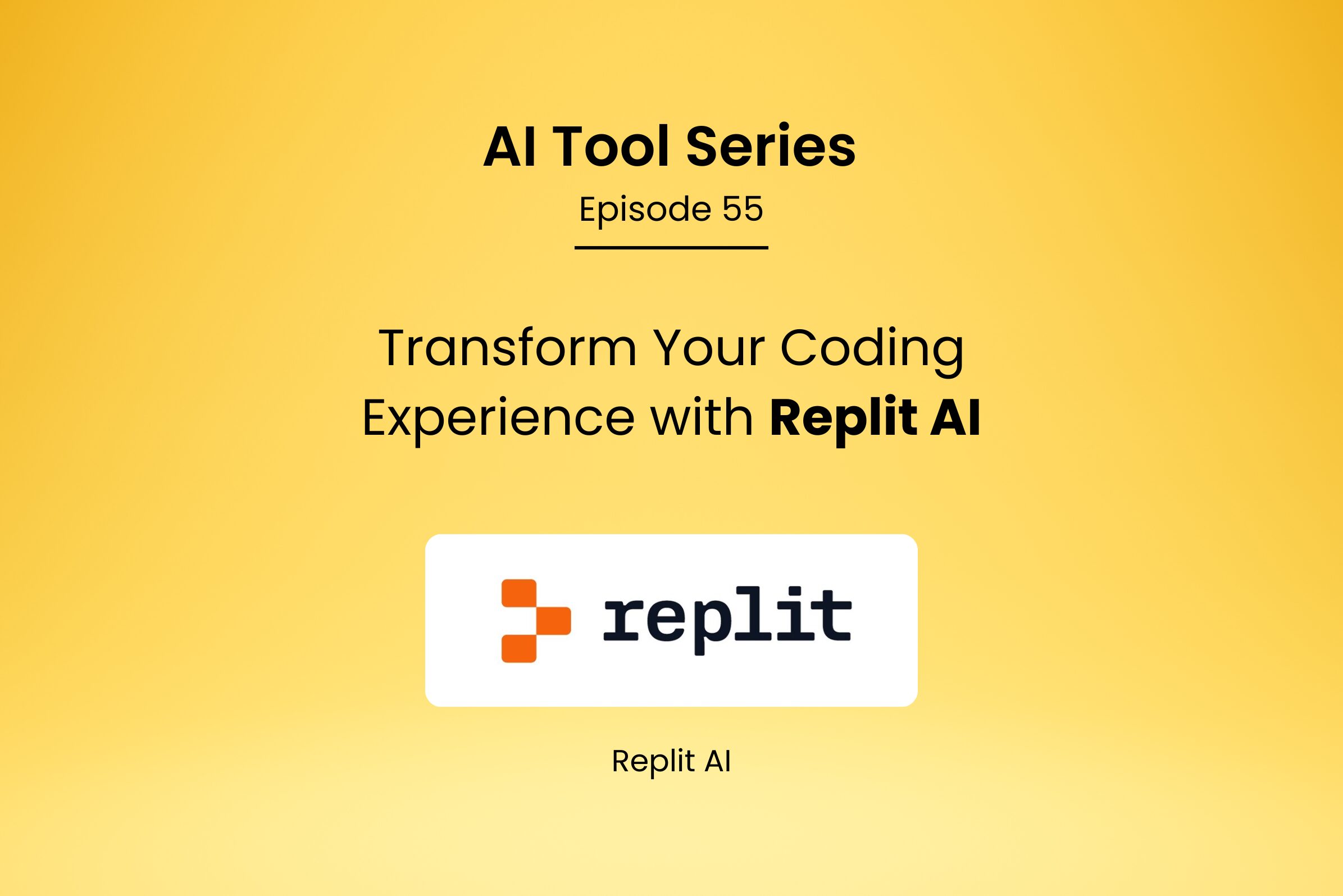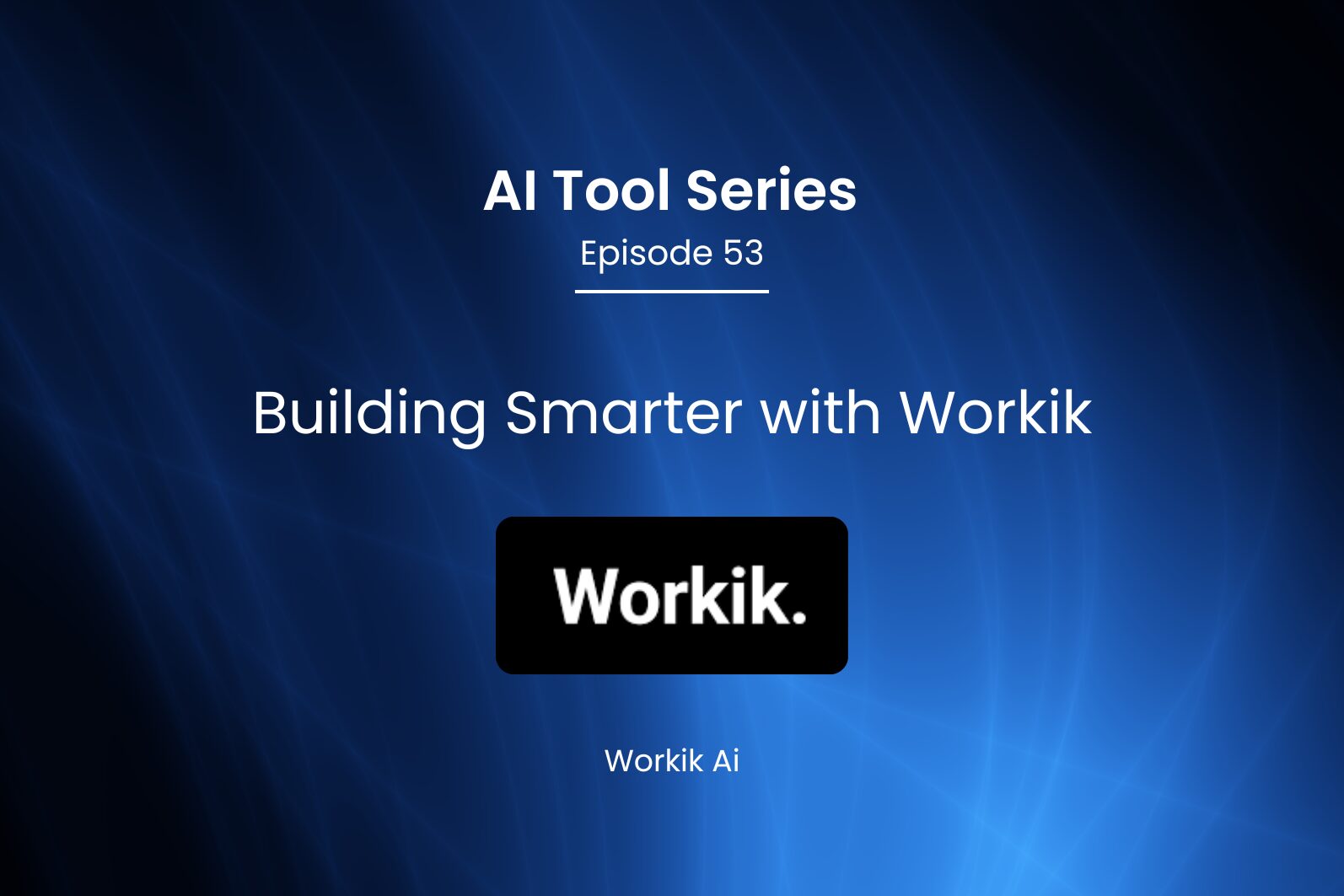How Cloud Services Are Transforming Healthcare and Wellness

Introduction: The Cloud Era in Healthcare
Healthcare organizations waste millions on infrastructure that can’t keep pace with patient needs. Paper records create delays. Systems cannot communicate with each other. Doctors wait minutes for test results that should appear instantly.
Cloud technology fixes these problems by fundamentally changing how healthcare operates. The shift from traditional IT to digital-first ecosystems means doctors access patient histories instantly, telemedicine becomes standard practice, and data drives better treatment decisions.
The healthcare cloud computing market reached $54 billion in 2024 and will hit $277 billion by 2034. This growth reflects necessity, not trend-chasing.
The Growing Role of Cloud in Modern Healthcare
Cloud platforms form the foundation for telemedicine, remote monitoring, and electronic health records. Without the cloud, these remain isolated tools. With the cloud, they connect to systems that serve patients better.
Telemedicine platforms run on cloud infrastructure, allowing doctors to consult with patients regardless of location. Remote monitoring tools collect data from wearable devices and send it to cloud servers, where algorithms analyze patterns. Electronic health records stored in the cloud let any authorized provider access patient information immediately.
A diabetic patient wears a glucose monitor. The device sends readings to the cloud every five minutes. If levels spike dangerously, the system alerts the patient’s doctor automatically. The doctor reviews the data remotely and adjusts medication before the patient needs an emergency room visit.
Patient engagement improves when people access their own health information through cloud-based portals. They view test results, schedule appointments, message providers, and track medications from their phones.
Key Benefits of Cloud Services for Healthcare Organizations
- Improved Scalability and Operational Efficiency
Traditional hospital IT systems lock capacity at fixed levels. Need more storage? Buy new servers.
Patient volume increases? Purchase more database capacity.
These upgrades take months and cost millions.
Cloud eliminates these constraints. Storage and computing power scale on demand. A hospital launches a new specialty clinic. Patient records, imaging files, and appointment systems scale automatically. No hardware purchases. No installation delays.
- Enhanced Data Security and Compliance
The HIPAA Journal reported 720 cyberattacks on healthcare organizations in 2024, with roughly 50 attacks monthly in 2025. Protecting data requires resources most providers cannot afford independently.
Cloud providers invest billions in security infrastructure. They achieve certifications like HITRUST, GDPR, and ISO 27001. Multi-factor authentication protects accounts. Encryption secures data both when moving between systems and when stored on servers.
Compliance frameworks built into cloud platforms make meeting regulatory requirements manageable. GDPR requires breach notification within 72 hours. Cloud monitoring detects breaches immediately and triggers notification workflows automatically.
- Cost Optimization and Resource Management
The pay-as-you-go model transforms healthcare economics. Traditional IT requires buying capacity for peak demand, even though typical usage runs much lower.
Cloud changes this. Resources scale up during high-demand periods and scale down during normal operations. Healthcare Organizations report reducing IT infrastructure costs by 20-30% while improving performance.
Capital previously allocated to depreciating hardware now funds patient care improvements, research programs, or facility expansion.
- Seamless Collaboration and Interoperability
Healthcare requires coordination among providers, specialists, labs, pharmacies, and insurance companies. Traditional systems create silos where information gets trapped.
Cloud-based health information exchanges break down these barriers. A patient visits an emergency room while traveling. The ER doctor accesses the patient’s medication list, allergy information, and recent test results through cloud-connected EHR platforms.
Specialists collaborate through cloud platforms. A radiologist in one location reviews scans while a surgeon in another examines the same images simultaneously. Diagnosis and treatment planning that previously took days now happen in hours.
- Real-Time Analytics for Better Patient Outcomes
Cloud Computing power enables analysis impossible on local systems. Hospitals aggregate data from thousands of patients to identify patterns. Which treatment protocols produce the best outcomes? Which patients face the highest risk for readmission?
Predictive analytics improve patient care directly. Machine learning models identify early warning signs of complications. A post-surgical patient’s vital signs show subtle changes. The algorithm flags the case for immediate physician review. Early intervention prevents a crisis.
Use Cases: Cloud Transformations in Action
- Electronic Health Records (EHR) and Data Integration
Cloud-based EHR systems replaced paper charts and isolated digital records. Physicians access complete patient histories from any location. Updates appear instantly across all systems.
A doctor orders blood work. The lab receives the order electronically, processes the sample, and uploads results directly to the patient’s chart. The physician reviews findings and prescribes medication. The prescription flows automatically to the patient’s pharmacy. This entire sequence happens without paperwork.
- AI-Powered Diagnostics and Predictive Analytics
Artificial intelligence running on cloud infrastructure analyzes medical images faster than human review alone. AI algorithms trained on millions of chest X-rays detect pneumonia, tuberculosis, and early-stage lung cancer.
Predictive models identify patients at risk before problems occur. Analysis of diabetic patients’ data reveals which individuals face the highest risk for kidney disease. The system flags these patients for intensive monitoring and preventive interventions.
- Virtual Consultations and Telehealth Platforms
Cloud platforms handle video consultations between patients and providers. Patients in rural areas access specialists hundreds of miles away. Follow-up appointments happen without taking time off work for travel.
Remote patient monitoring extends telehealth beyond appointments. Patients recovering from heart surgery wear devices that track heart rhythm, blood pressure, and activity levels. Data uploads continuously to cloud servers. Cardiologists review trends and spot problems before patients experience symptoms.
- Fitness and Wellness Apps Leveraging Cloud Infrastructure
Wellness applications collect data from smartphones and wearable devices. Users track steps, sleep patterns, exercise, and nutrition. Cloud storage holds this information and analyzes it to provide personalized recommendations.
Corporate wellness programs use cloud platforms to aggregate employee health data while maintaining privacy. Programs target interventions based on population insights, improving employee health while controlling insurance costs.
How Techify Empowers the Healthcare Cloud Journey
- Secure Cloud Migration (On-Prem to Cloud / Cloud to Cloud)
Moving healthcare data to the cloud requires expertise that protects patient information while minimizing operational disruption. Techify assesses current infrastructure, identifies dependencies, and plans migrations that keep operations running.
On-premises to cloud migrations handle complexity that healthcare organizations cannot manage alone. Legacy systems often lack modern APIs. Techify creates middleware that bridges these gaps, allowing smooth transitions without data loss or downtime.
- Managed Cloud Services for Continuous Performance
Healthcare systems cannot tolerate downtime. Techify provides 24/7 monitoring that detects problems before they impact operations. Managed services include regular performance optimization and security monitoring.
- Cloud Optimization for Scalability and Cost-Efficiency
Cloud costs can spiral without proper management. Techify identifies inefficiencies through detailed usage analysis. Right-sizing recommendations reduce costs without impacting performance. Automated policies shut down non-production environments outside business hours.
- Expertise in AWS, Azure, and Multi-Cloud Environments
Healthcare organizations benefit from multi-cloud strategies. Techify’s expertise spans AWS, Azure, and Google Cloud Platform. AWS offers robust healthcare-specific services. Azure integrates tightly with Microsoft products. Google Cloud provides advanced AI and analytics capabilities.
Addressing Challenges in Cloud Adoption
- Data Privacy and Compliance (GDPR)
Privacy concerns top the list of barriers to cloud adoption. GDPR applies to data of EU citizens regardless of where the healthcare organization operates.
Cloud platforms provide the technical controls these regulations require. Organizations must configure them correctly and maintain compliance as regulations evolve.
- Integration with Legacy Systems
Most healthcare organizations run critical applications on legacy systems built decades ago. These systems lack APIs that enable modern integration. Cloud adoption must work alongside legacy infrastructure through integration platforms that create connections between old and new systems.
- Ensuring Uptime and Disaster Recovery Readiness
Healthcare cannot tolerate extended outages. Cloud providers offer infrastructure spanning multiple geographic regions. Healthcare applications deployed across multiple availability zones remain operational even if entire data centers fail.
The Future of Cloud in Healthcare and Wellness
- Emerging Trends: AI, IoT, and Edge Computing in Healthcare
Artificial intelligence capabilities continue to advance rapidly. Large language models will assist physicians with documentation. AI algorithms will analyze genomic data to recommend personalized treatment plans.
Internet of Things devices will proliferate. Smart hospital rooms will monitor patients’ vital signs continuously through sensors. Home health monitoring will expand beyond simple vital signs to comprehensive health tracking.
- How Cloud Innovation Will Shape Patient Care and Preventive Health
Predictive healthcare will shift focus from treating disease to preventing it. Analysis of population health data will identify risk factors before the disease manifests. Precision medicine will become standard practice. Treatment protocols will be customized based on individual patient characteristics rather than population averages.
Conclusion: Building a Smarter, Healthier Future with the Cloud
Cloud services have transformed healthcare from a system built on paper and isolated computers to connected digital ecosystems that serve patients better. Electronic health records provide instant access to complete medical histories. Telemedicine extends care beyond geographic boundaries. Real-time analytics identify problems before they become crises.
Healthcare organizations embracing the cloud gain competitive advantages. They deliver better patient experiences. They operate more cost-effectively. They innovate faster than competitors stuck on legacy infrastructure.
Techify guides healthcare organizations through every phase of cloud transformation. We assess current environments, plan migrations that maintain operations, optimize continuously for performance and cost, and provide expertise across AWS, Azure, and multi-cloud environments.
The future of healthcare runs on cloud infrastructure. Organizations that act now position themselves to deliver the care patients increasingly expect and deserve.




